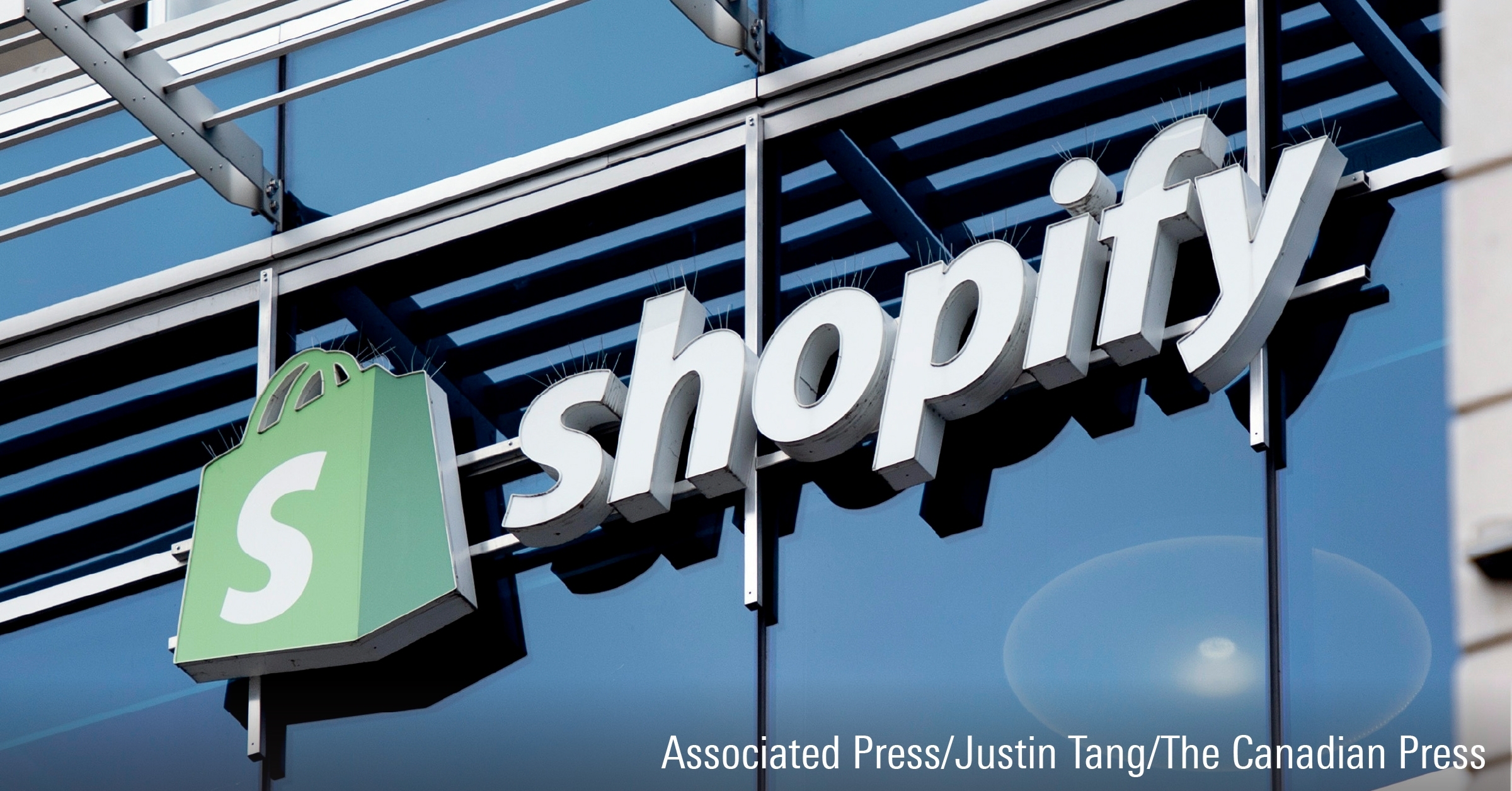Kate Lin: Welcome to Morningstar. Dividend payers in Asia have made a comeback this year. The Morningstar Asia Dividend Yield Focus Index has gained around 7% so far this year, outperforming a flat return for its parent index. Do your equity dividends do as well? Samuel Lo from Morningstar's Manager Research team is here to tell us how to pick a dividend fund.
Hi, Sam.
Samuel Lo: Hi, Kate.
Lin: We're seeing companies in Asia resuming or raising their dividends this year. How did that impact performances of your coverage of equity dividend funds?
Lo: So, Kate, broadly speaking, the dividend funds in our coverage have shown very good performance this year. So, if we look at the broader picture, the dividend funds in the region have done better than their non-dividend-focused counterparts so far this year and especially in the first quarter. So, as you pointed out, there are many companies in Asia and actually, elsewhere in the world, which have resumed paying out dividends this year after taking a pause in 2020 as a precautionary measure in the face of the COVID-related uncertainty. So, according to some research data, the total dividends paid by Asia Pacific ex-Japan companies have declined by about 20% in 2020. And this year, starting from the second quarter, there's been a recovery in the order of about 40% on a year-on-year basis. So, the comeback of dividend investing also coincided with a stylistic reversal in favor of value stocks at the expense of growth stocks. And as a reminder, value stocks that generate those that are trading at relatively low valuations and offering a higher dividend yield often because they have limited growth prospects and they may be in more mature businesses or sectors. So, the return of the value style so far this year has also been a tailwind for dividend funds.
Lin: Right. So, at Morningstar, our analyst ratings look at aspects of a fund more than just performances. So, tell us about it.
Lo: So, that's right. We assign Morningstar analyst ratings to the funds under our coverage to reflect our opinion on their ability to deliver alpha on a net basis over the long run. So, the key determinants include our assessments on the capability of the fund managers, the level of interest alignment with fund investors, the available investment and research support, the strength of the investment process as well as whether the approach has been consistently applied over time. And on top of that, we also assess the culture and stewardship of the parent organization. These are borne out in the people process and parent pillar ratings that we assign to the strategies. And finally, we also take into account the fees that investors have to pay.
Lin: So, do you have any high conviction dividend funds that you can share with us?
Lo: So, among the highest rated equity dividend funds in the region, I can mention Schroder Asian Equity Yield, which has a rating of Silver for its clean share class with a high rating for both people and process pillars. So, the fund manager King Fuei Lee has more than 20 years of experience, and he's been managing the strategy since 2004. So, we believe he is one of the strongest fund managers within our coverage, with a very impressive long-term track record, and he's also consistently demonstrated very keen investment insights and passion for investing over the years. And the supporting team is also one of our favorites. It is large and experienced with 40 analysts across the region providing ample support for the fund managers. And as for the process, the strategy does not only target high dividend yielding names with stable dividends, but it also looks into our companies with expected dividend upside.
The portfolio itself consists of stocks that fits into three categories – so they are dividend cows, dividend growers and dividend surprises. The dividend cows and dividend growers share the bulk of the portfolio in about the same proportion and they tend to perform differently across the market cycle. So, they complement each other and provide stability to the portfolio. Meanwhile, the dividend surprise ideas provide additional upside when they are re-rated by the market as they improve their capital management. So, we believe this is a very well-constructed investment approach, and it's been consistently applied over the long term to produce solid results.
Lin: So, lastly, before investing in a dividend-focused strategy, what factors should investors consider?
Lo: So, more recently, the market has been focusing more on the direction of travel of interest rates as the U.S. Fed is looking to hike rates earlier than previously expected. So, traditionally, the general belief is that rising interest rates has a negative effect on stock prices because there's a high discount rate that is now being applied to the future cash flows of financial assets, but also because it now costs more for companies to borrow, which somewhat affects profitability.
But in practice, the evidence is not so clear cut, especially in the more recent interest rate cycles. That is because a hike in interest rates can also signal a strengthening economy, which can be beneficial for companies. And then, it also depends on the pacing of the rate hike as well as on the actual level of interest rates before the hike is being implemented. But regardless, we believe it is most important to focus on the fundamental investment merits of the funds and strategies that you're considering and also to take a long-term investment view.
Lin: Right. Thank you so much for your insights, Samuel.
For Morningstar, I'm Kate Lin.















.jpg)





